Transportation, telecommunications, energy, finance – no matter the industry, no matter the sort of service-related problem, digitization is probably the answer. You witnessed the Industry 4.0 revolution. Now get ready for the rise of the bionic company: a seamless melding of human specialists and robots, analytics, blockchain and artificial intelligence (AI). This new revolution will yield hyper-personalized products and services provided by “dispersed, minimalist workforces.” In this special report, the Boston Consulting Group explains how your company can prepare for the future of service.
Traditional service providers are joining digitally native companies in the quest to offer digital service options.
You expect it from Uber, Expedia, Alibaba, or Amazon, but more traditional service providers like Starbucks, Telstra and Lloyds Bank are also pursuing revolutionary new digital service models. Manufacturing is making the leap from mass production to mass customization. It might take five or 10 years, but service will, eventually, go through a similar shift.
Post-COVID-19, Companies will be looking for ways to increase their resiliancy and cut costs. Both employees and customers may find themselves more open to adopting digital technologies post-pandemic.
By offering an array of digitally-enabled “microservices,” companies can provide flexible, ultra-personalized customer experiences.
Consider the current state of the customer experience: Customers choose from a static menu of offerings with varying levels of service; when there’s a service lapse, the customer complains and the company tries to fix the problem...
Olaf Rehse is managing director & senior partner in the Boston Consulting Group's Melbourne office, Stefan Hoffmann is director & partner in the Cologne office, Delf Schumann is associate director in Düsseldorf and Shruti Gangwal is a principal in the Sydney office.



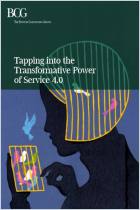
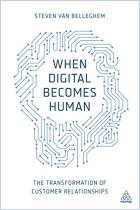
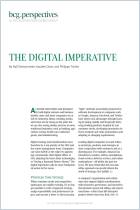
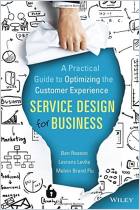
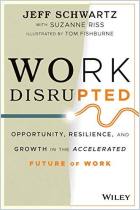




Comment on this summary